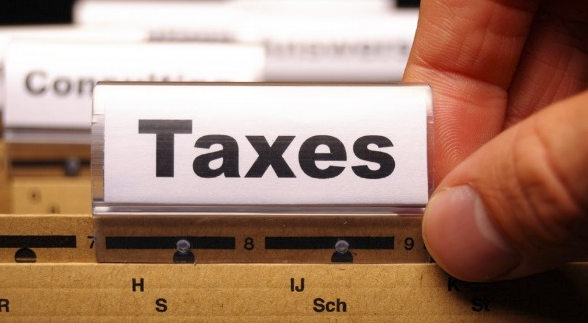
Taxation is an essential component of a functional government since it provides the revenue required to fund public services and infrastructure such as; schools, hospitals and road infrastructure. Tax collection is critical in Kenya for supporting the nation’s development and assuring the provision of important services to its population. To do this, the Kenyan government employs a progressive tax system with several tax brackets and rates. This blog article will delve into the complexities of Kenyan tax tiers and rates, shining light on how the system works and what it means for individuals and businesses in the country.
Understanding Progressive Taxation
Kenya, like many other countries, has a graduated tax structure. In a progressive system, tax rates climb in proportion to one’s income. Individuals with greater incomes have higher tax rates, whereas those with lower incomes pay a lesser percentage of their earnings in taxes.
Tax Brackets in Kenya
In Kenya, the tax system is organized into various income brackets, each with its corresponding tax rate. According to the latest tax reforms after the implementation of 2023 finance act, the tax brackets for individual income tax in Kenya are as follows:
| Monthly Pay Bands (Ksh.) | Annual Pay Bands (Ksh.) | Rate of Tax (%) |
| On the first Shs. 24,000 | On the first Shs. 288,000 | 10 |
| On the next Shs. 8,333 | On the next Shs.100,000 | 25 |
| On the next Shs. 467,667 | On the next Shs. 5,612,000 | 30 |
| On the next Shs.300,000 | On the next Shs. 3,600,00 | 32.5 |
| On all income above Shs. 800,0000 | On all income above Shs. 9,600,000 | 35 |
| Personal Tax Relief | 28,800 |
On pensions the new tax rates are:
| Pension Tax Bands | Annual Tax Rates |
| Any amount in excess of tax free amounts: | |
| On first 400,000 | 10% |
| On next 400,000 | 15% |
| On next 400,000 | 20% |
| On next 400,000 | 25% |
| On any amount in excess of Kshs 1,600,000 | 30% |
Implications for Individuals.
Individuals with lower incomes pay a smaller percentage of their earnings in taxes than those with higher incomes, thanks to Kenya’s progressive tax structure. This is intended to produce some income redistribution, so supporting social and economic justice in the country. Individuals must, however, be aware of these tax brackets and organize their budgets properly.
Implications for Businesses.
Businesses in Kenya have several tax bands and rates based on their annual income and business structure. Rates of corporate income tax, Value Added Tax (VAT), and other taxes may apply, each with its own set of rules and rates. Proper tax planning and compliance are required for businesses in Kenya to operate lawfully and sustainably.
Conclusion
Understanding Kenya’s tax tiers and rates is critical for both people and corporations. The progressive tax system is intended to provide a fair distribution of the tax burden, with higher incomes contributing a larger portion of their earnings. Individuals and businesses can effectively negotiate the complexities of Kenya’s tax system by being updated about current tax bands and rates, as well as getting professional tax assistance when necessary. Furthermore, because tax rules and rates might vary over time, it’s critical to stay up to date on the current tax legislation in order to be compliant and make informed financial decisions. You can always get tax update from Frimor Safe Way Solutions.

